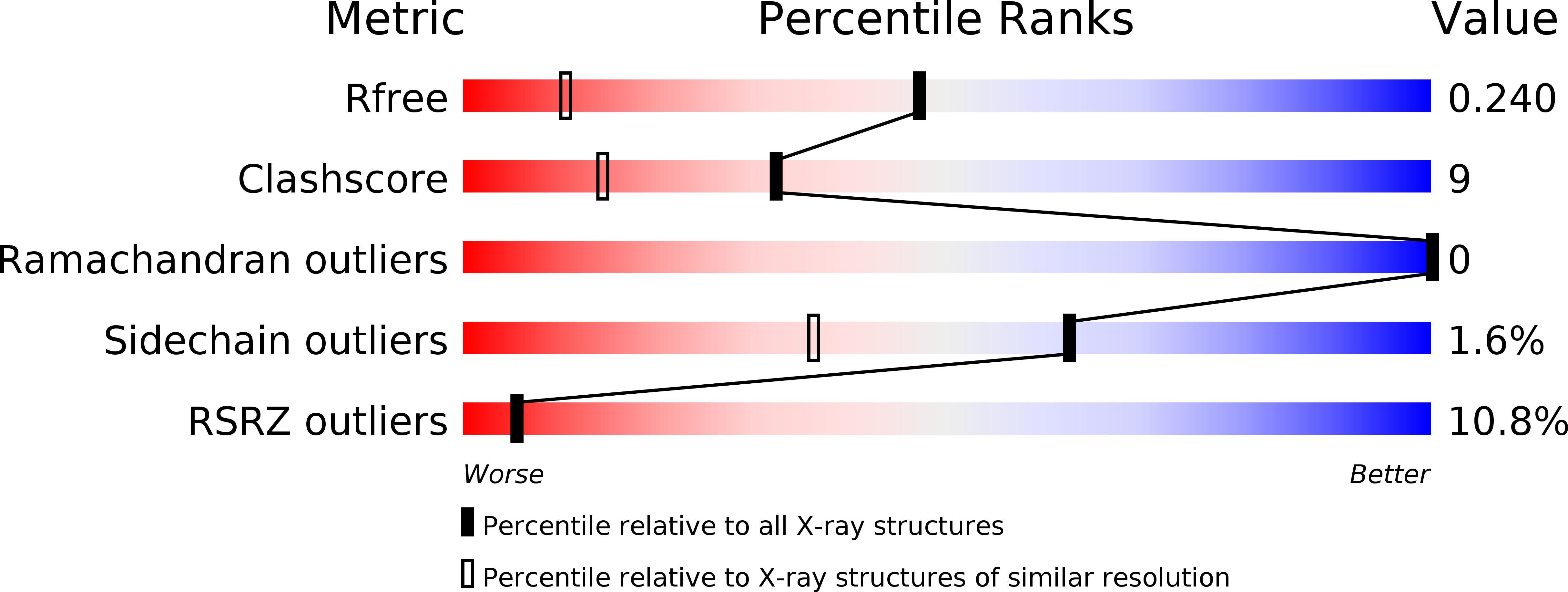
Deposition Date
2002-11-21
Release Date
2002-12-19
Last Version Date
2024-11-20
Entry Detail
PDB ID:
1O81
Keywords:
Title:
Tryparedoxin II from C.fasciculata solved by sulphur phasing
Biological Source:
Source Organism:
CRITHIDIA FASCICULATA (Taxon ID: 5656)
Host Organism:
Method Details:
Experimental Method:
Resolution:
1.50 Å
R-Value Free:
0.22
R-Value Work:
0.20
R-Value Observed:
0.20
Space Group:
P 42 21 2


